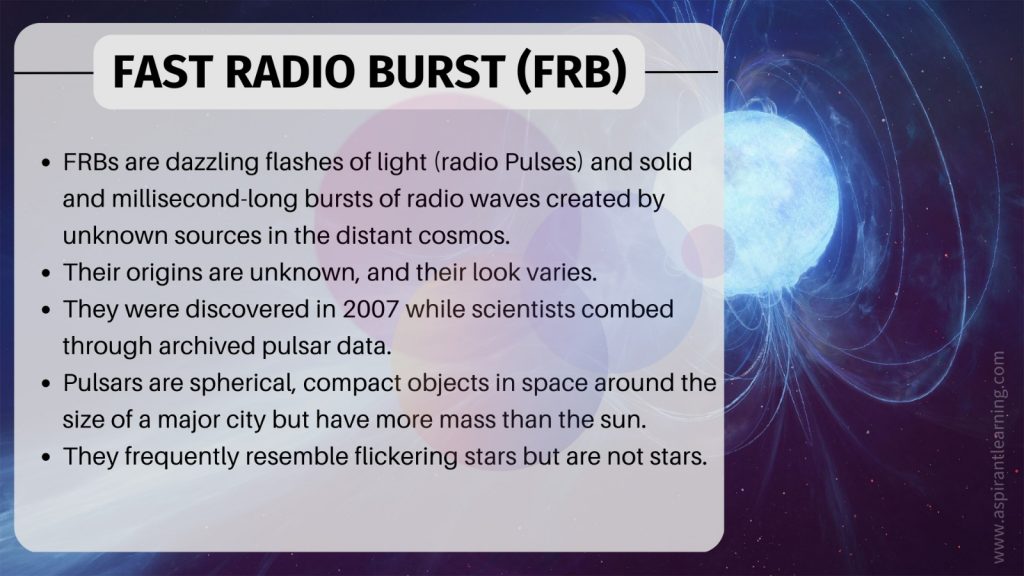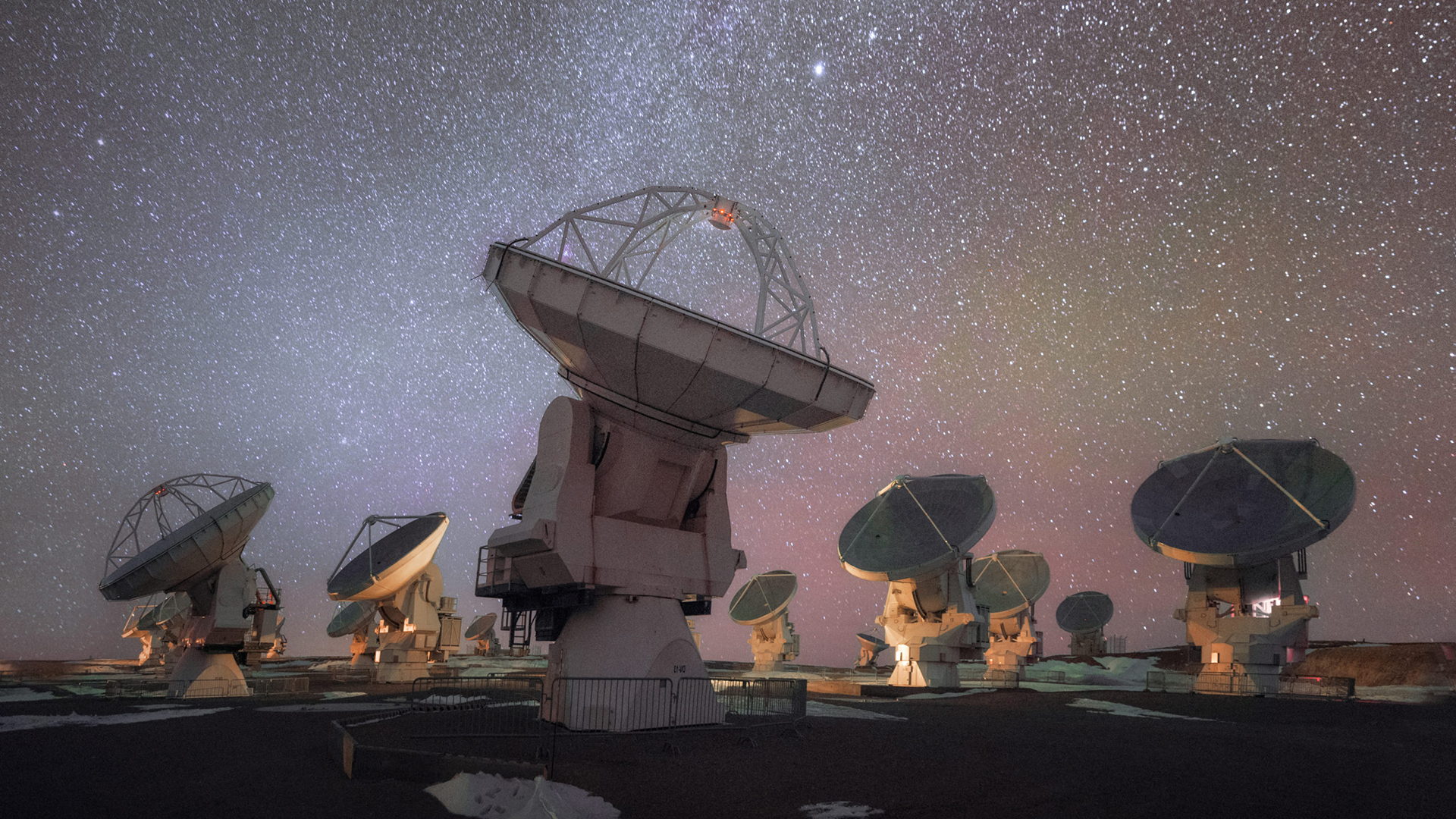News Highlight
ALMA telescope, fully functional since 2013, has helped astronomers make groundbreaking discoveries.
Key Takeaway
- The Atacama Large Millimetre/submillimetre Array (ALMA) is a radio telescope with 66 antennas in northern Chile’s Atacama Desert.
- It is set to receive software and hardware upgrades that will allow it to collect much more data.
- As well as produce sharper images than ever before, according to a recent report in the journal Science.
ALMA
- About
- ALMA is an advanced radio telescope investigating celestial objects at millimetre and submillimetre wavelengths.
- It can penetrate dust clouds and assist astronomers in studying dim and distant galaxies and stars.
- It has been operational since 2013 and was developed, planned, and built by;
- The National Radio Astronomy Observatory (NRAO) of the United States.
- The National Astronomy Observatory of Japan (NAOJ).
- The European Southern Observatory (ESO).
- It also has a high sensitivity, detecting even the faintest radio signals.
- It comprises 66 high-precision antennas dispersed over 16 kilometres in northern Chile’s Atacama Desert.
- These antennas can be adjusted closer or farther apart for varied perspectives, like a camera’s zoom lens.
The “New Brain” of ALMA
- The ALMA telescope is equipped with 66 high-precision antennas.
- Each antenna has a receiver that receives millimetre and submillimetre signals from space.
- A correlator sometimes called the “Brain of ALMA,” collects these impulses.
- Because the same process happens in our bodies, this analogy is used.
- Our eyes receive signals that our brains analyse and use to determine what we look at.
Submillimetre Astronomy
- About
- Light at these wavelengths comes from immense cold clouds in interstellar space (at temperatures just above absolute zero) and some of the earliest and most distant galaxies in the Universe.
- Astronomers can use it to examine molecular clouds’ chemical and physical conditions.
- They are dense regions of gas and dust where new stars are created.
- These parts of the Universe are frequently dark and shrouded in visible light, but they radiate brightly in the millimetre and submillimetre ranges.
Why is ALMA Located in Chile’s Atacama Desert?
- ALMA is located on the Chajnantor plateau in Chile’s Atacama Desert at 16,570 feet (5,050 m).
- The desert is the driest location on the planet, so most nights are clear of clouds and light-distorting precipitation.
- All of this makes it an ideal place for studying the universe.
- It observes millimetre and submillimetre wavelengths, which are highly vulnerable to atmospheric water vapour absorption on Earth.
Discoveries Made by ALMA
- Scientists are seeking to uncover solutions to age-old mysteries about our cosmic beginnings.
- One of the first discoveries was made in 2013 when it identified starburst galaxies and dust production inside supernova 1987A.
- The following year, ALMA released comprehensive photos of the protoplanetary disc surrounding HL Tauri, a very young T Tauri star in the constellation Taurus about 450 light years from Earth.
- In 2015, the telescope assisted scientists in observing the Einstein ring.
- It occurs when light from a galaxy or star travels through a large object on its way to Earth.
- More recently, as part of the Event Horizon Telescope project – a global network of radio telescopes.
- It provided the first image of the supermassive black hole at the centre of our own Milky Way galaxy.

Pic Courtesy: INN
Content Source: Indian Express



